January can be financially challenging for some due to the holiday expenses. Hence, most of us joined the No Spend January Challenge — something we fully support here at CLOUDeBikes. Why? This is because everyone who made the decision to get an electric bike already saved effortlessly. If you entered 2025 with an empty wallet, let’s see how owning an ebike as early as now can change your fate in 2026. Join us as we dive into the savings from choosing an ebike.
Electric bikes have been beneficial for various reasons. They are used for fitness, carbon footprint reduction, and convenience — to name a few from the list of their priceless advantages. Since the experience of using an ebike is invaluable, a tangible cost we can look at is the savings that come with using one. Savings can be computed once we look into the expenses associated with a vehicle — the purchasing and operating costs. The purchasing costs deal with the upfront value of the ebike such as retail price, taxes, licenses, and insurance. Meanwhile, operating costs are related to operating them such as fuel, parking, repair, and maintenance.
With this long list of costs, where exactly is the savings? Read more to know.
Factors that help you save with an ebike
Retail Cost
One of the amounts paid upfront is the purchasing cost. This cost is the initial investment for the product, which varies according to its features. You can purchase an ebike for as low as $600 and the price goes as high as a 5-digit price tag. Some models are expensive due to their motor, battery, range, material, and construction. This is also affected by other factors such as design, accessibility, purpose, and brand reputation. Electric bikes are undeniably more expensive than standard bicycles but they are as highly efficient and reliable as some fuel-powered motor vehicles.
In addition to that, there are rebate programs from the government to incentivize the efforts of their constituents to choose an electric vehicle. You may also opt for second-hand units or purchase one through financing if a one-time payment is too heavy for the time being. These methods can further reduce the upfront value paid for the ebike. As of today, CLOUDeBikes only offers brand new units because we are committed to providing ebikes that are at their peak condition straight from the manufacturer and to your doorstep.
Taxes, Insurance, Registration, and Licenses
These costs are dependent on the location of ownership of an ebike. The amount of tax paid for a product varies depending on the economic structure of a country, so it depends on the imposed taxation. On the other hand, opt for an insurance that can be adequate to your needs. Lastly, registration and licenses are usually mandated by the local government for legal reasons regarding ownership of the vehicle. These costs are more expensive for cars than when required for ebikes.
Good news for you: As of January 2025, Canada does not require insurance, licensing, or registration for ebikes.
Energy Consumption
If aiming to calculate the savings with an ebike, we should consider comparing apples to apples. Comparing what provides power to these vehicles can help us arrive at a conclusion as to which energy source saves us the most money. To put things into perspective, here is a simple calculation:
Example:
Average charging cycle = 60 km/cycle
Average fuel mileage = 60 km/L
Suppose one charging cycle requires at least 0.6 kW-hr and electricity costs about 0.2 CAD/kW-hr, while every liter of fuel is about 1.5 CAD.
|
Charging an Electric Bike |
Fuel of Petrol Bike |
|
Cost = kWhrs x rate Cost = 0.6 kWhr x 0.2CAD/kWhr Cost = 0.12 CAD |
Cost = Liters x rate Cost = 1 Li x 1.50 CAD/Li Cost = 1.5 CAD |
*** These data may vary due to various factors. Range per charging cycle and fuel mileage differ according to environment, payload, and terrain. Costs also fluctuate depending on the local regulations, distribution infrastructure, and tax. However, in this sample, the expenses for an ebike only account for roughly just 8% of a fuel-powered vehicle.
Parking Cost
The cost of parking a car ranges from $1 to $50 per day depending on the location, which will add up to $300 at the very least for a full year. Meanwhile, an ebike is usually as compact as regular bikes and some can even be folded, so they do not require a grandiose space for storage or parking. Parking an ebike is also free in most cases, or only a fraction of a car’s parking fee if there is one. However, you might consider investing in a high-quality lock to ensure the security of your ebike and your peace of mind.
Repair and Maintenance Cost
A car has more components than an ebike, which can be expensive to maintain over its useful life. The American Automobile Association (AAA) sees a $792 yearly maintenance cost for a car, which still increases depending on the model and the damage to be repaired. Meanwhile, maintenance for an ebike is mainly just cleaning and lubrication, which can be done on your own. It may require some part replacements in the long run, but users report that even replacing a motor costs only around $500 and it lasts for 3 to 5 years. So, it is at least a hundred a year for ebikes’ repair and maintenance.
Depreciation and Resale Value
An ebike is more economical than motorcycles or cars. The depreciation for an ebike is slower than other vehicles with relatively high resale prices. This is when the bike has a good brand reputation and is maintained properly. The depreciation method used for ebikes is called a straight-line method. It is the simplest method of calculating depreciation because the difference between the initial cost of the asset and its salvage value is divided by the life of the product. It is represented by the equation below:

Where:
D is the depreciated value
OC is the product’s original cost
SV is the product’s salvage value
L is its useful life in years
Save Now!
The amount you can potentially save transitioning from using a fuel-powered vehicle to an ebike can surprise you when the difference in purchasing cost and operating cost is taken into account. Of course, this article only contains estimates from various sources and it will still vary according to how you use the vehicle — the actual savings will be for you to find out. Ready to get an ebike? You may message us at sales@cloudebikes.ca or call us at +1(604) 728-8347 so we can assist you further.




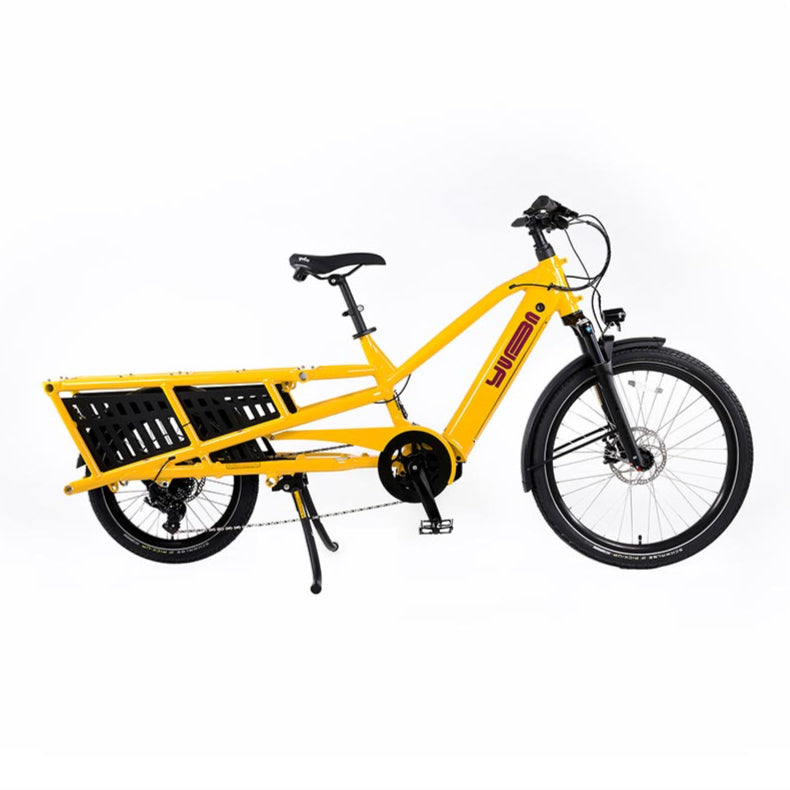

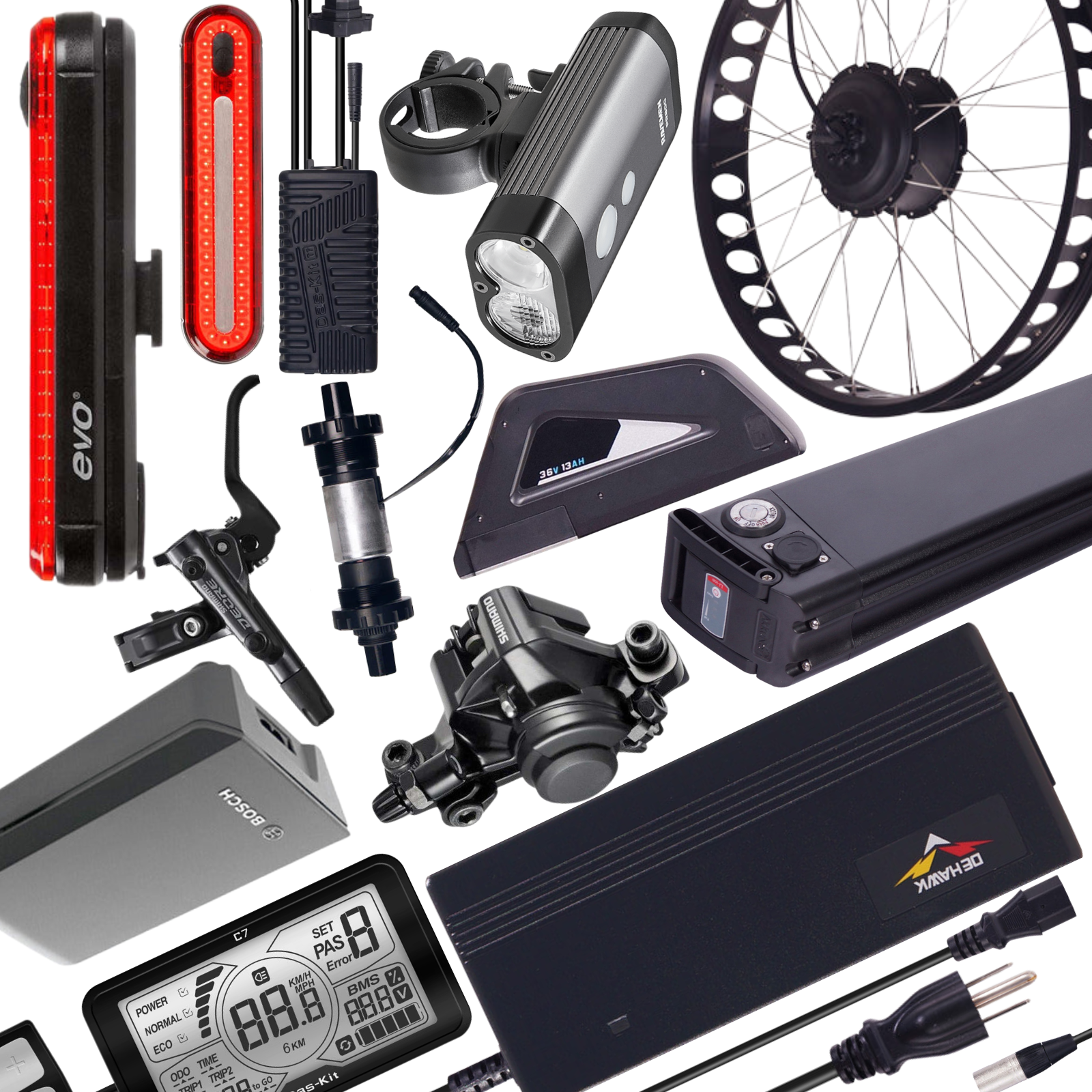







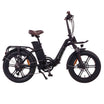
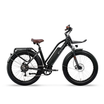





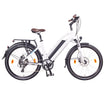
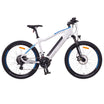






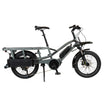
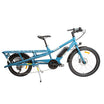
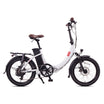

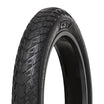
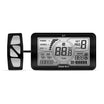







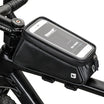







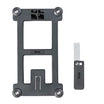








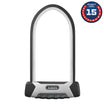



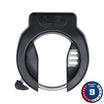
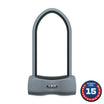

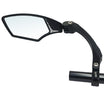







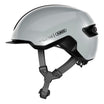




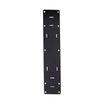





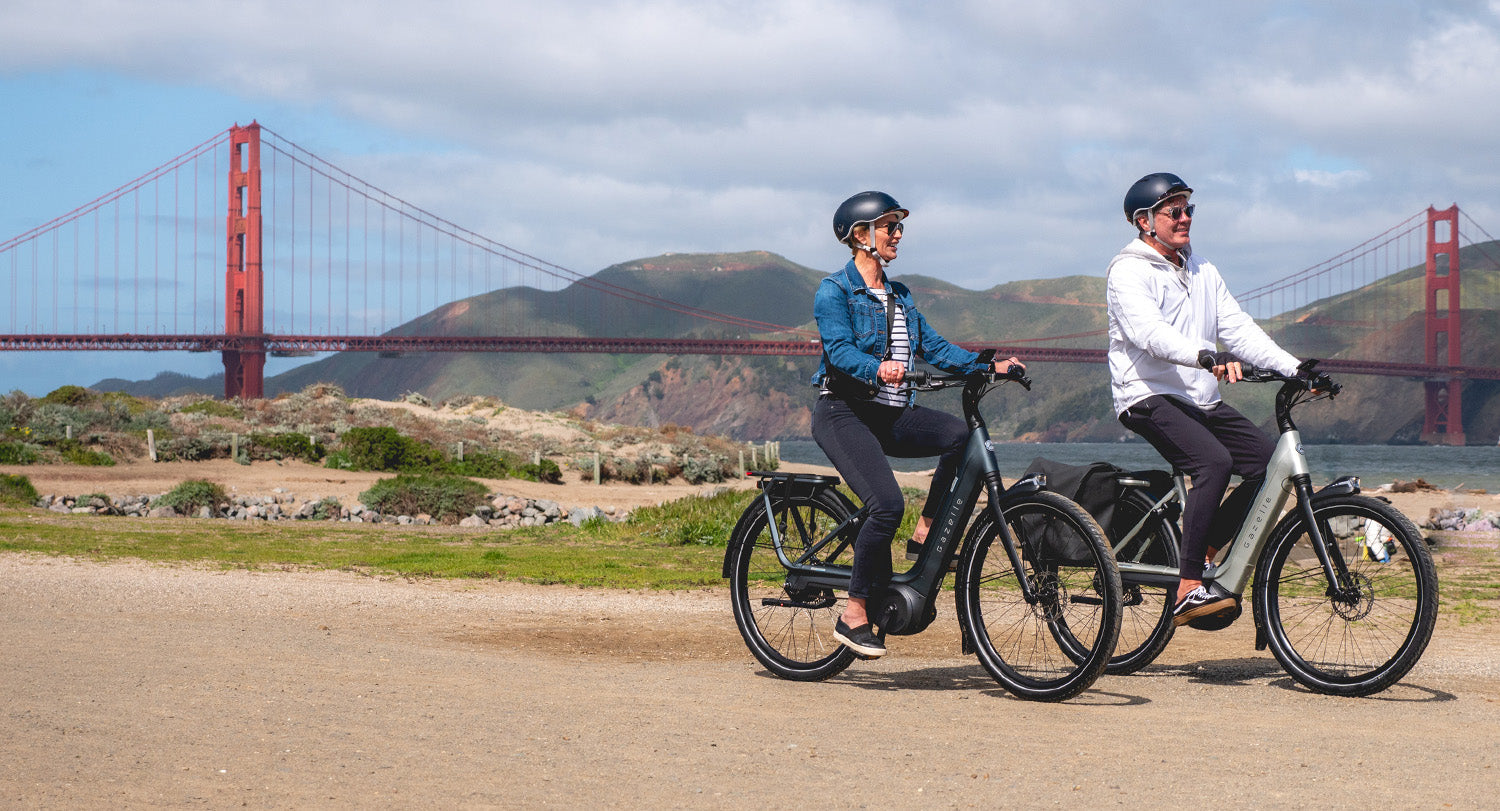


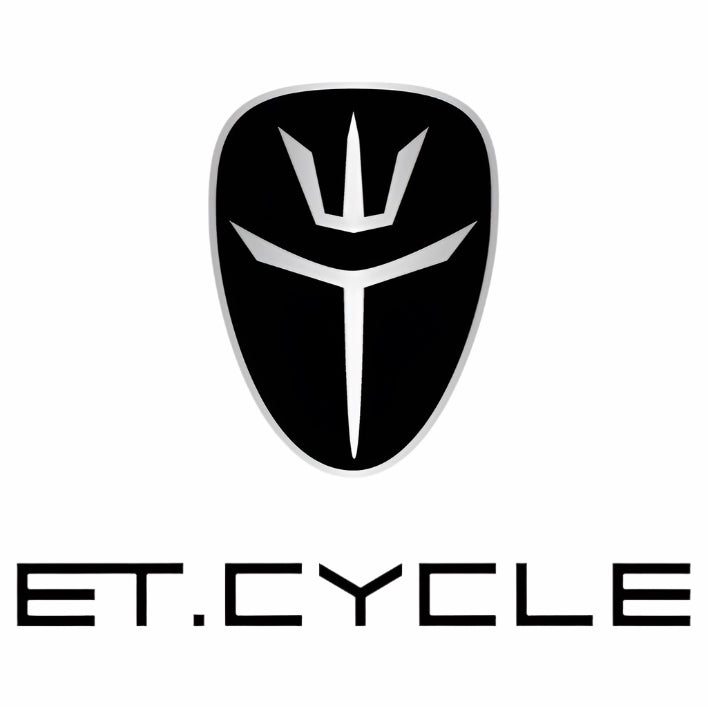







Leave a comment
This site is protected by hCaptcha and the hCaptcha Privacy Policy and Terms of Service apply.